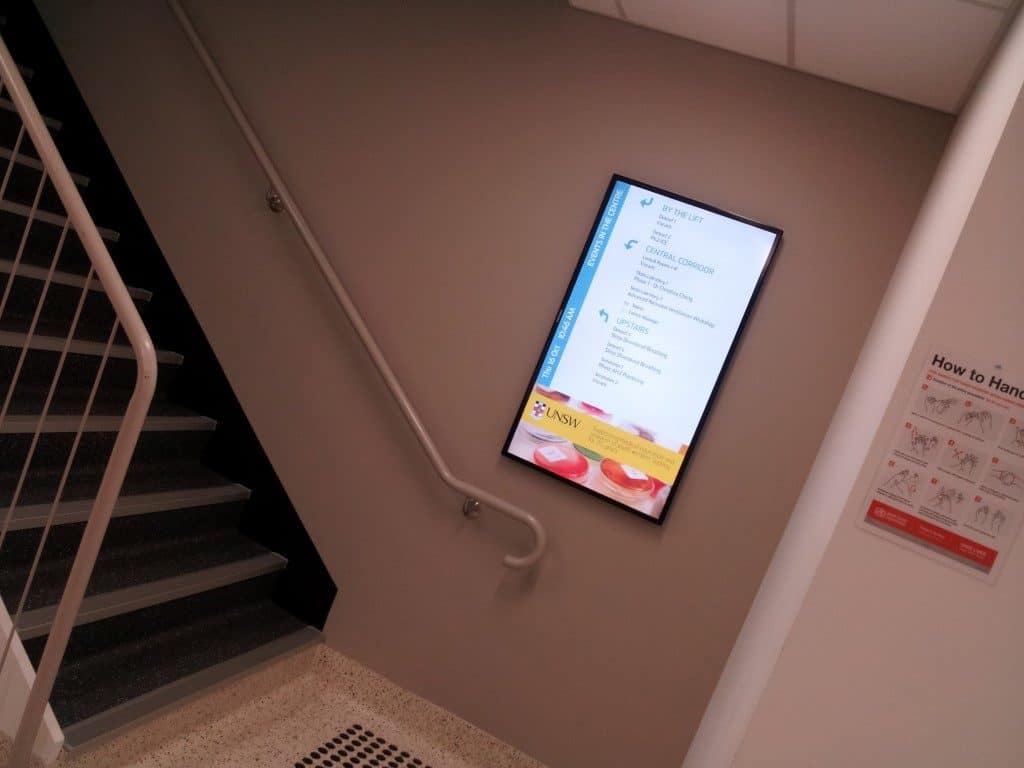The main purpose of printed static wayfinding signs is to guide people to their destination, but why is it that people still get lost? Simply put, the main reason is that they are just confusing.

Wayfinding is a term used to describe a process or even a tool that helps people find their way from source to destination.
ISSUES WITH STATIC WAYFINDING
- not well planned sign system
- limited number of signages and instructions
- single language
- inefficient routes
- changes in the design of the floorplan requires reprinting
- tedious and limited management of signs
- unclear delivery of information
- and the list goes on.
WHY DIGITAL WAYFINDING?

We live in a digital age and people are accustomed to interactive technologies. Digital Wayfinding resolves some of the issues above with static wayfinding. However, we do acknowledge that digital wayfinding does not replace static wayfinding but it can be used to complement each other. Now, let’s look at some of the reasons why Digital Wayfinding should be used:
- dynamic communication tool for informing, educating, promoting
- avoid wasted time and money to replace and update static signs
- display a dynamic and simple route from source to destination to help people remember the paths
- ability to display multiple languages to cater for the local demographics
- ability to display promotional and marketing material

